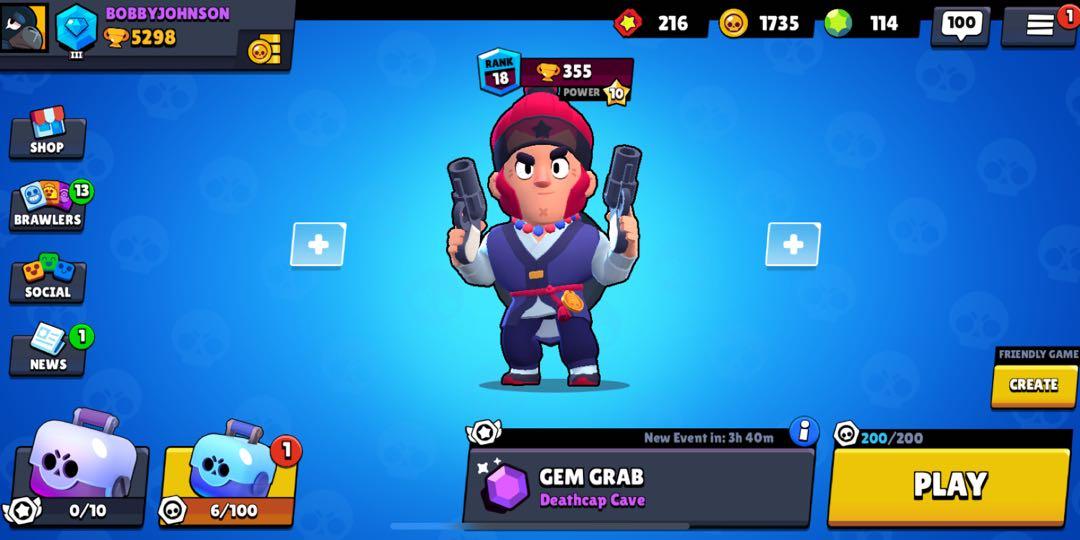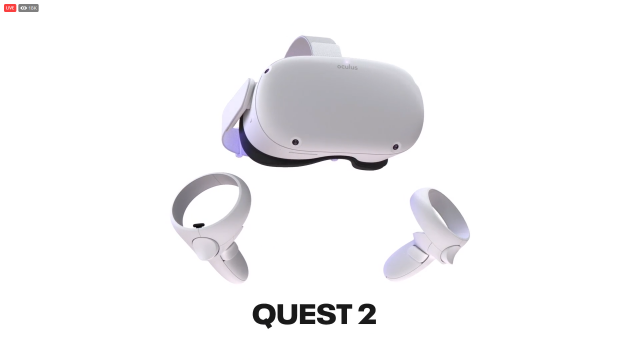
Description
Brawl Stars is a freemium multiplayer online game and 3rd person hero shooter where players from around the world can battle against one another in various game modes. Players can select from a pool of characters (known as Brawlers) unlocked through boxes, brawl passes, the objective path (known as Trophy Road), or purchased via the Shop with in-game currency.
Lens #9: The lens of the Elemental Tetrad
Mechanics
- Mostly team-based, solo options available, MOBA
- Simple characters and skillsets, including super-powers and upgrades called gadgets
- Limited and simple gameplay (movement, firing), with advanced strategies in a competitive setting
Brawl Stars has a low barrier to entry for beginners (even with simple brawlers/characters) to play. It is rather interesting to note that a higher amount of strategy and teamwork mechanics/dynamics is needed for more competitive gameplay across various maps and characters. Overall, it seems that the game is kept minimal and simple (limited buttons, super powers, restricted movement) to level the playing field as well as offer realistic dynamics for a mobile game MOBA as such.
Story
It is rather apt to note that Supercell (owner of a couple of top mobile games) started off Brawl Stars after a series of successful launches – including Clash of Clans and Clash Royale. The story is similar and in-line with the lore of the past games, again with a minimal approach (not as complicated as League of Legends, Dota etc) of certain renowned characters such as the Barbarian, Archer). Similar characters were showcased but with noticeable differences in storylines.
Aesthetics
The game is relatively well-lit, also with cartoon-like characters which introduce high levels of comfort across all level of players (beginner to advanced). Their attacks and animations are well thought, including special ones for selected skins, increasing the reactivity of players to their aesthetics and pleasure/satisfaction in well-crafted graphics and design.
Technology
Brawl Stars does not require intensive hardware which makes this mobile game easily accessible to many devices. In fact, playing online against other people across the world does not require much data usage which is a strong factor for players to increase their usage without worrying about incurring additional cost.
It is clear that the 4 elements are well integrated to cater to players of the different spectrum.
Lens #34: The lens of skill
As the game has the potential to be mechanically intensive, players with better skills will outperform and play better at different maps and game modes. Skills include map awareness, champion mastery, team communication and map/mode strategy all play a significant role in the victory of each game. Players who spend and invest more time in analyzing and learning game strategies will perform better and win more games in such a setting.
Together with their ranking system (offering trophies for each win, and losing trophies for each lost), this helps to matchmake better players together and vice versa which allows for a better levelling field of learning and improvement for all parties.
Lens #55: Visible Progress
Progress is one of the keys in Brawl Stars in maximizing retention of players while ensuring accomplishment through the games. As a beginner, one would only have access to a small pool of (basic) characters with limited upgrading options to allow beginners to practice and learn more. However, this is strongly supported with trophies and levels which correlate to how well you play the character or game as a whole. This is always listed on the homepage whenever you started the mobile game on the top left. Brawler trophies are also listed on the top of the character.

Upgrading a character essentially means your character does more damage, has more health, and has more access to better special powers (such as gadgets and supers). Hence, the process of upgrading a character signifies a gradual journey to groom one’s skills and abilities and provide a strong sense of accomplishment and satisfaction when a certain level is obtained. Ultimately, this serves as a metric for social comparison, allowing you to check out leaderboard across social groups or clans to compete for standing and position in their skillsets.
Lens #98: Community
Finally, the community may be the strongest aspect for Brawl Stars. One reason why Brawl Stars shot to fame was because of the multiplayer MOBA that attracted friends to team up and play with one another, raising the level of fun from just individual to a communal one across classmates, colleagues, and family. Players are mostly expected to team up and join clans which promotes group inclusive effort and maximizing together-time across many games played in Brawl Stars.
Unsurprisingly, Brawl Stars is one of the most successful games of Supercell yet, having a strong audience due to its prior successes, yet not neglecting innovation and trend towards MOBA games while leveling the playing field for both experienced and inexperienced, young and old.


